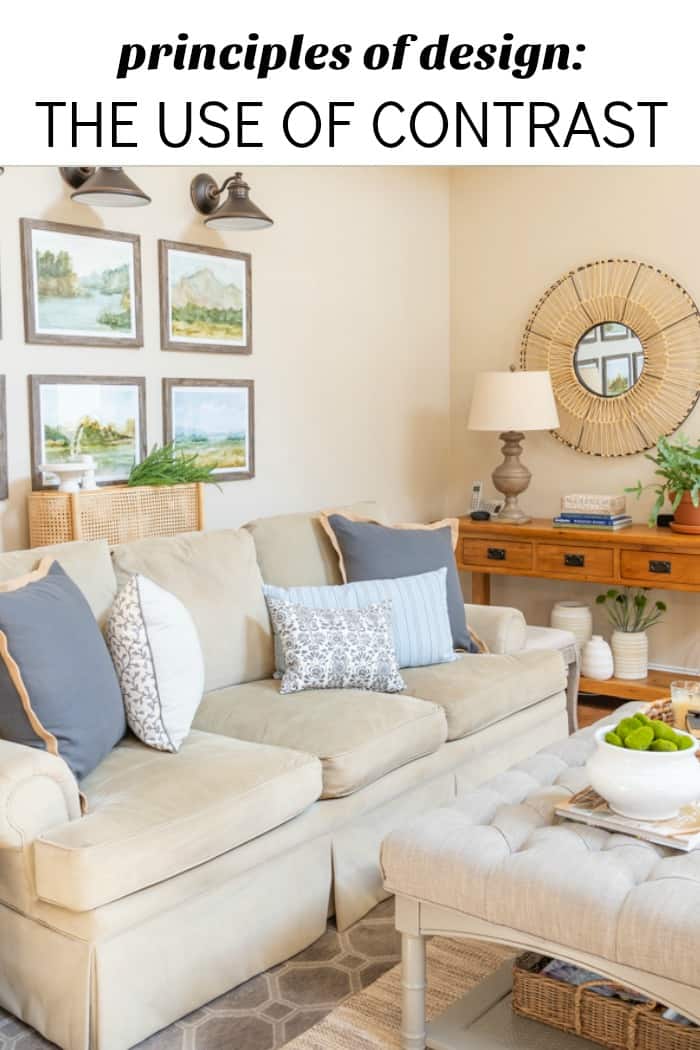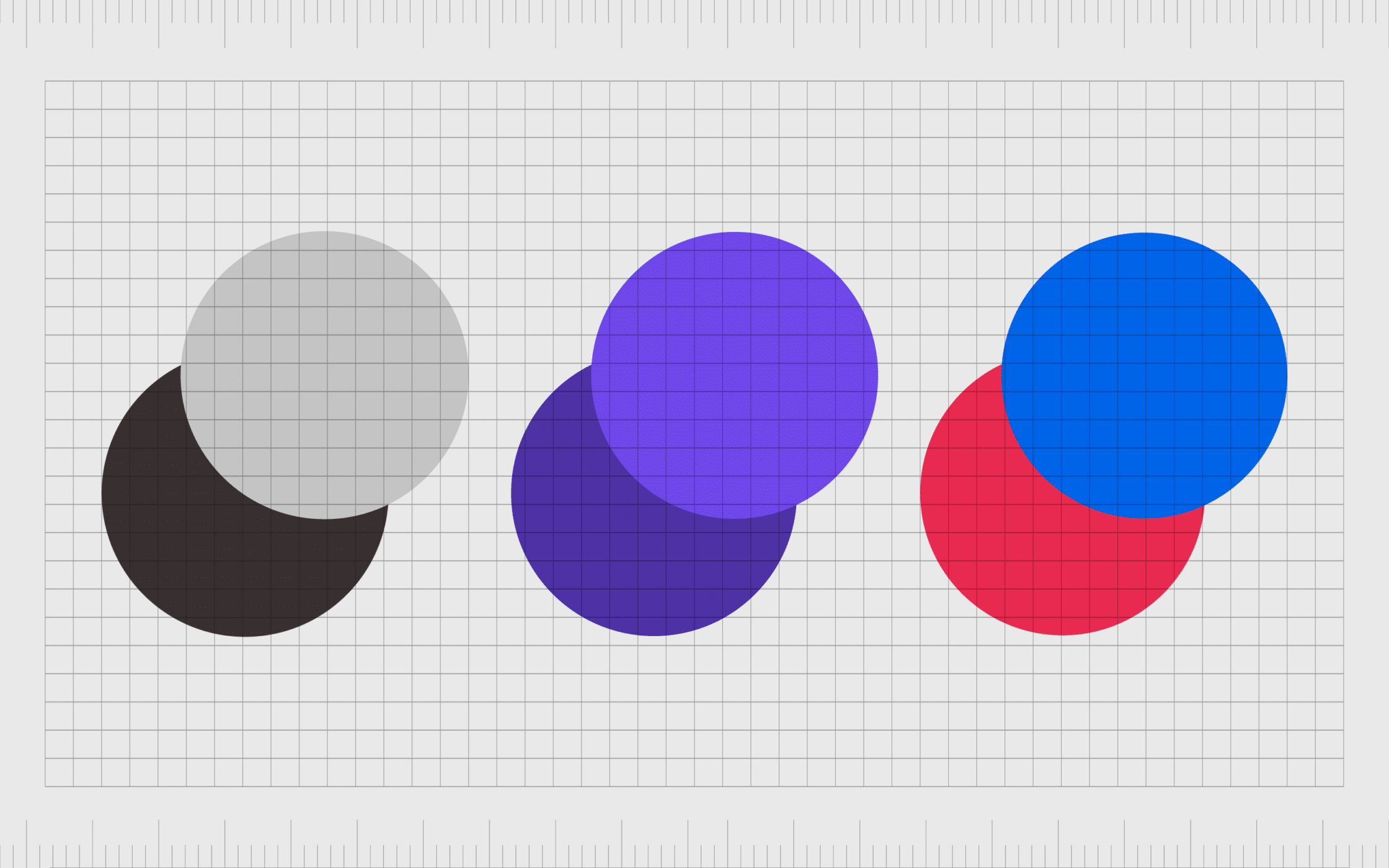A Brief Guide to Contrast A Design Principle
Table Of Content

By understanding and applying these principles, designers can create intuitive, aesthetically pleasing, and practical designs that cater to user needs and preferences. Properly implemented hierarchy ensures clarity and a seamless flow in design. Hierarchy in design refers to the arrangement of elements in a way that signifies importance.

All open-source articles on design principles
Laser Cutting Graphic Design Tips « Adafruit Industries – Makers, hackers, artists, designers and engineers! - Adafruit Blog
Laser Cutting Graphic Design Tips « Adafruit Industries – Makers, hackers, artists, designers and engineers!.
Posted: Mon, 23 Apr 2018 07:00:00 GMT [source]
Use of this site constitutes acceptance of our Terms of Service & Privacy Policy. While copying, sharing, or redistributing content published under traditional copyright is generally prohibited, educators are permitted to print articles for classroom use. Writing Commons LLC benefits from affiliate sales linked on our website. The choice of typeface alone can convey contrast in personality and tone. Pair a flowing script with a structured sans serif for an elegant contrast, or marry a bold, attention-grabbing font with a more understated one for emphasis. In this example too, the shapes of the text boxes vary, but those with similar characteristics remain the same.
Spacing/Negative Space
3 principles to design the perfect display ad in 2021 - The Drum
3 principles to design the perfect display ad in 2021.
Posted: Tue, 30 Nov 2021 08:00:00 GMT [source]
Given how important contrast in design is, it helps that there are multiple ways one can choose to employ it in their marketing and advertising designs. You can choose to adopt just one type or go for a combination of more than one based on what the design intent is. Overall, you need contrast in your web design, social media design, poster designs, app design, and so on for a pleasant user experience. We are sure that all of us here know and acknowledge that design is a valuable medium of communication from a brand to its target audience. The average attention span is on a steady decline for the last few decades and currently stands at a measly 8 seconds.
Get Art Inspiration To Your Inbox!
This principle ensures that a design remains engaging and visually stimulating by mixing various shapes, colors, textures, and sizes. Variety can prevent monotony by breaking up uniformity and introducing unexpected, yet harmonious, elements that captivate the viewer's attention. It allows for creative flexibility and can be used to enhance the theme or message of the design. By effectively employing variety, designers can appeal to diverse tastes and preferences, ensuring that the design communicates effectively with a broader audience. Ultimately, variety enriches the visual experience, providing depth and complexity that keeps the viewer interested and engaged. The contrast principle of design is a multifaceted and essential element in creating compelling and effective visual compositions.
The placement of elements can create a sense of balance, imbalance or asymmetry. Think about leading the viewer’s eye in, so that they first notice the focal point, then other salient elements. The way the viewer’s attention is progressively grabbed by different elements in the painting is called rhythm. One way to do create a sense of rhythm in an artwork, is to use spacing between contrasted elements. Saint Jerome Writing by Caravaggio is an excellent example of contrast in art. He used the chiaroscuro technique, which is the contrast of light and dark.
Variety refers to the elements of a composition that differ from one another. In this example of movement in art, the artist shows the movement of the wind through the shapes of the paper. The lines of the figures and the lines of the billowing clothing convey movement in art as well.
Some of them contradict each other, while others complement each other. As a designer, remember that there is always an opportunity to do something brilliant and significant by breaking some odd rules here and there. Making sure all of your design elements flow together nicely is a great way to give your work a professional look and feel. Balance is the most common and most important principle of every design. Rhythm defines the structure and discipline of repetitions to create desirable movements. It can also set the mood for the communications you are developing.

Harmonizing Your Designs Through Balance
Besides, it helps you appreciate your designs and your peers’ designs better. This will only result in you creating better output as time goes on. Designers and planning managers often use these pictograms to detail the flow of a process, an algorithm, and so on. What is so interesting about this is that in a flowchart, each function such as process, decision, or question has a specific shape assigned by it. We have been detailing the impact of utilizing contrast in design for quite some time now in this blog.
Though they have high contrast, the relationship between complementary colors is appealing to and won’t strain the eye. If your design relies on harmonious colors, create contrast using tints (adding white) and shades (adding black). From research on human-computer interaction, we know that contrast in an image attracts the eyes and attention of the viewer.
So you need a medium that can intrigue and manage to hold your customers’ attention for a longer time. No matter what medium you are working with, a good approach to making art is to gradually increase contrast with each layer. It’s much more difficult to create contrast in the first layer, then work on toning it down for the rest of the drawing or painting process, than to take a more gradual approach. The value scale was invented by Denman Ross, it’s a scale of 9 values that range between white and black.
Standards define specific rules for how something should look or be used. For example, the WCAG (Web Content Accessibility Guidelines) are standards that tell designers how to make their websites accessible for people with disabilities. Design principles are general rules that guide the creation of something. They are broad guidelines to help you make decisions about how to proceed with your design. Design principles are more abstract and should be considered first when making decisions about design. For example, contrast is a design principle that can be applied to any element in your website’s design.
Picking things with a common theme and grouping them can make it easy to comprehend the message for consumers. First off, let us understand what similarity in design accomplishes. Like contrast in design separates one element from the other, using similar design styles for a group of elements makes the customer feel they all have a singular role. We spoke of how giving different sizes to a similar element can aid in the visual hierarchy, aka the visual flow in a design for a customer. When you have certain elements in a bigger size than other elements, you are symbolically telling customers what is more important than the other. You will never have to worry about these if you can create a visual hierarchy using contrast in your design.
Comments
Post a Comment